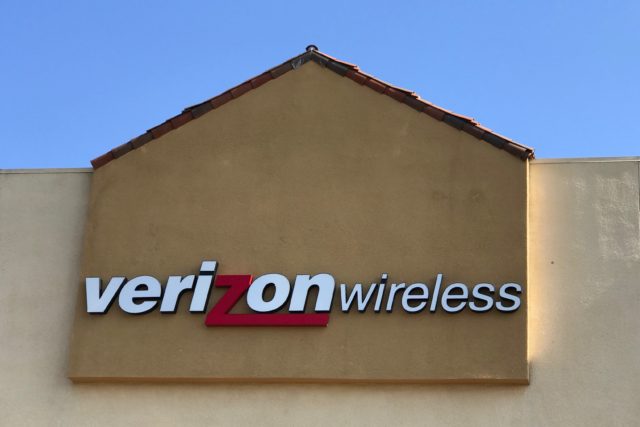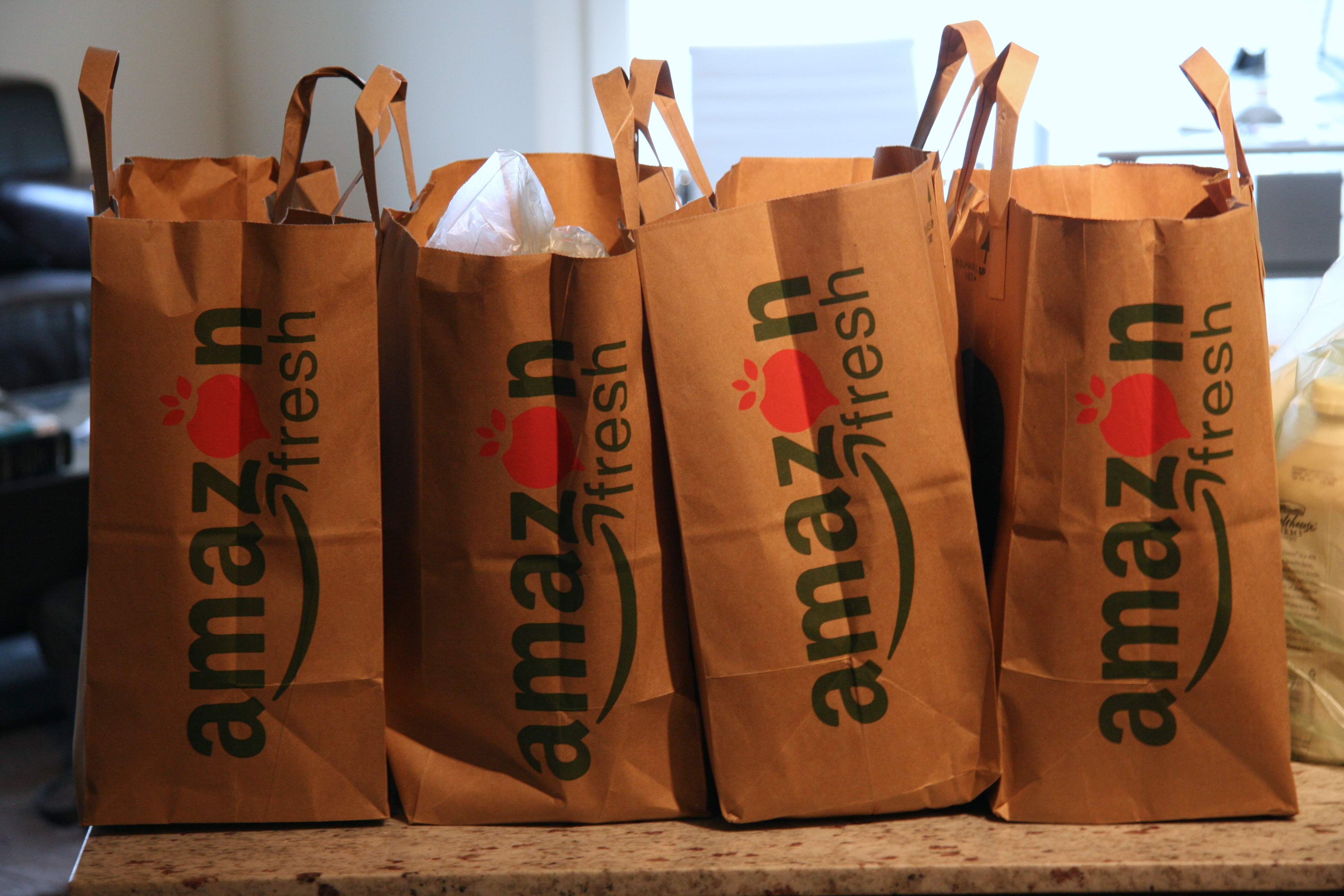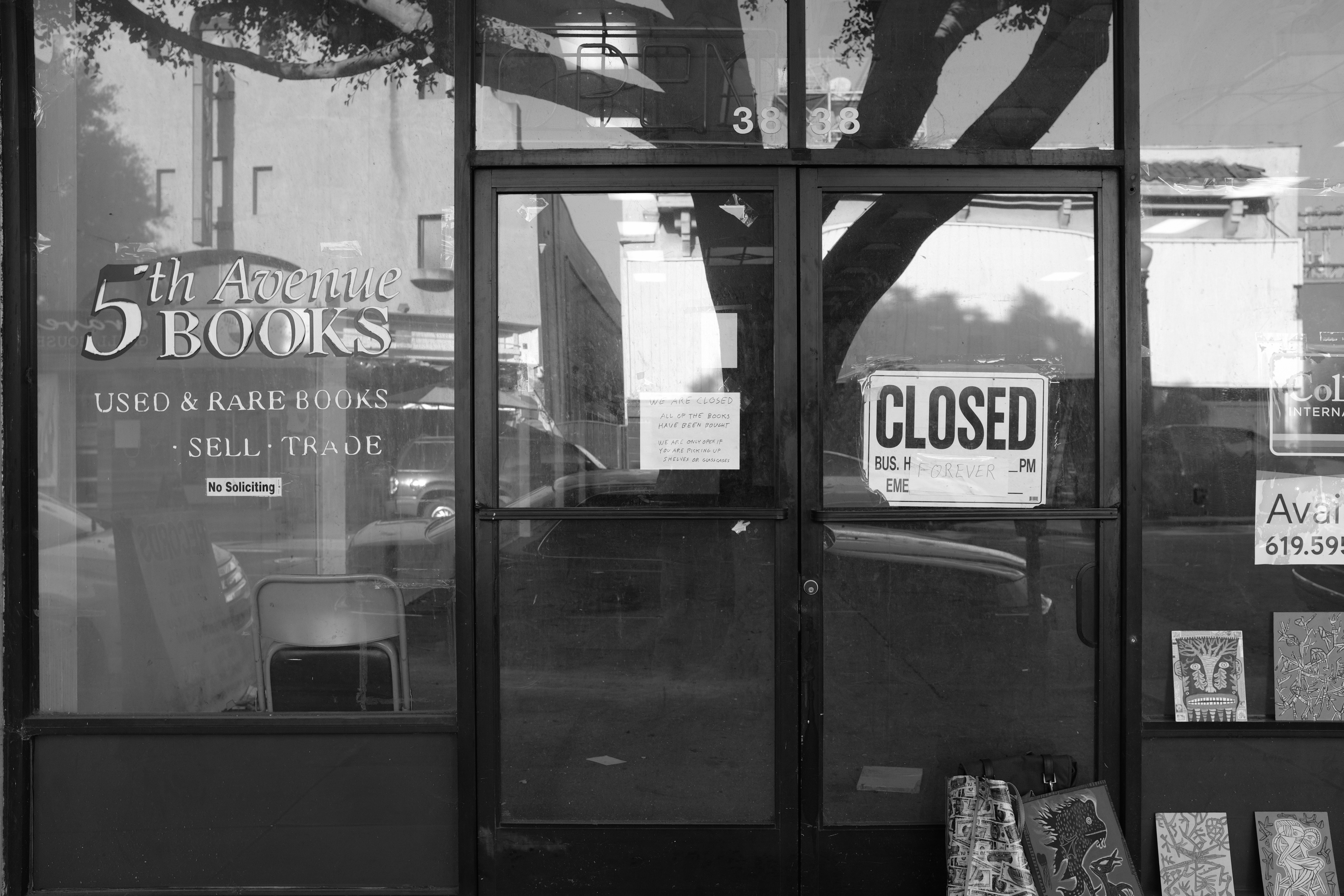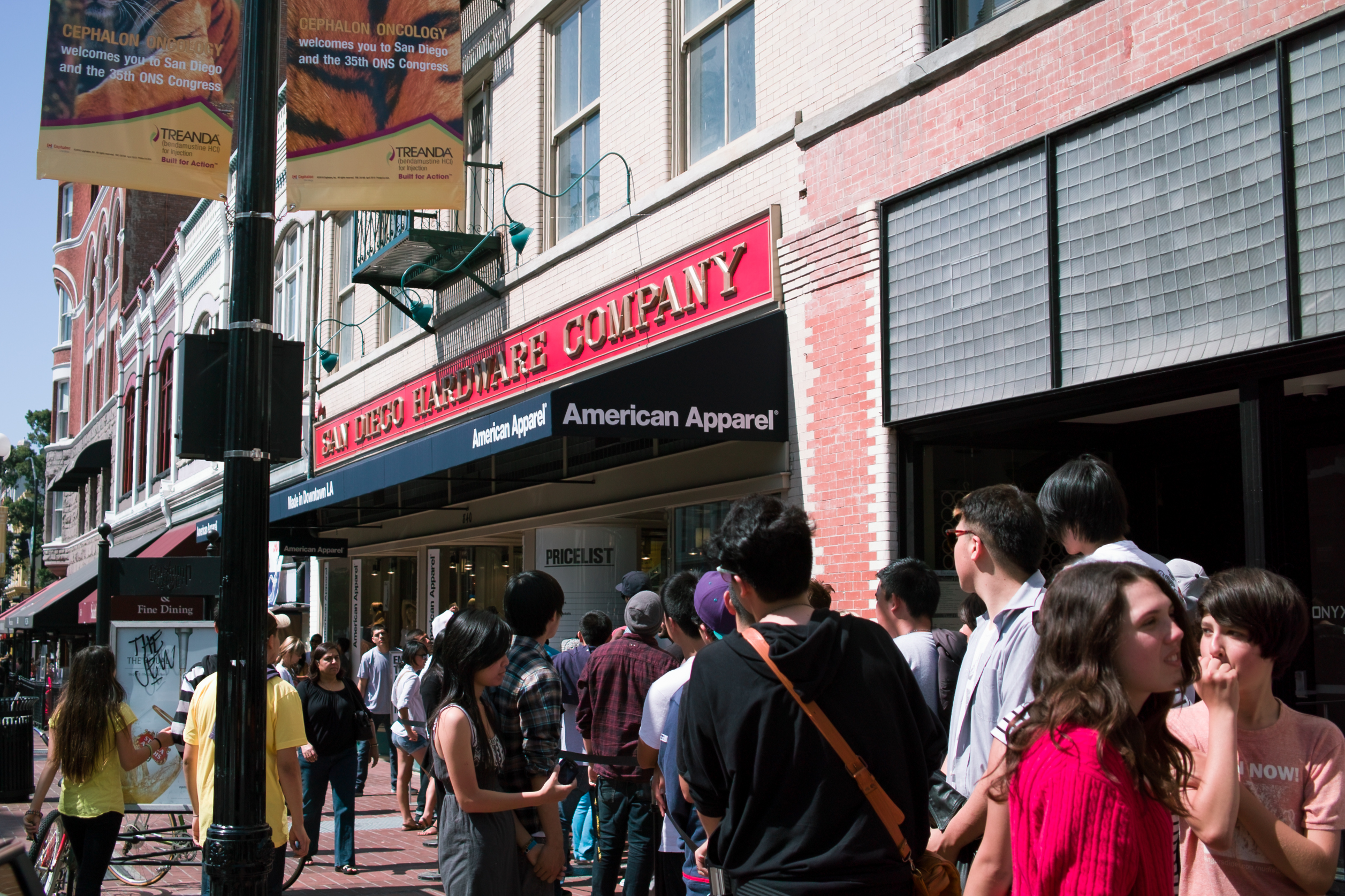The measure of Apple fiscal first quarter 2017 isn’t record revenues ($78.35 billion) but comparison to major competitors: More than three times Google ($26.06 billion) or Microsoft ($24.1 billion). Amazon announces tomorrow, Groundhog Day. Will the retailer’s CEO, Jeff Bezos, see his shadow? The 3x multiplier nearly applies to net income: $17.89 billion, versus $6.64 billion and $5.2 billion, respectively, for the two rivals. Looked at differently, compared to Apple’s same quarter in fiscal 2010, seven years later, profits exceed total revenues ($15.68 billion). That’s an astounding comparison.
The results defy pundits’ prognostications, including my own, about gravity pulling the company back to Earth. iPhone, as major source of revenue, can only stay up for so long, before slowing smartphone sales wreck havoc. That said, credit where it’s due: CEO Tim Cook is, as I’ve asserted before, a logistics and manufacturing genius. He is a strategist, but not an innovation leader like predecessor Steve Jobs. Cook masterfully manages his inheritance, but he, nor Apple observers, should get lost in the quarter’s glow: iPhone remains boon and bane.











